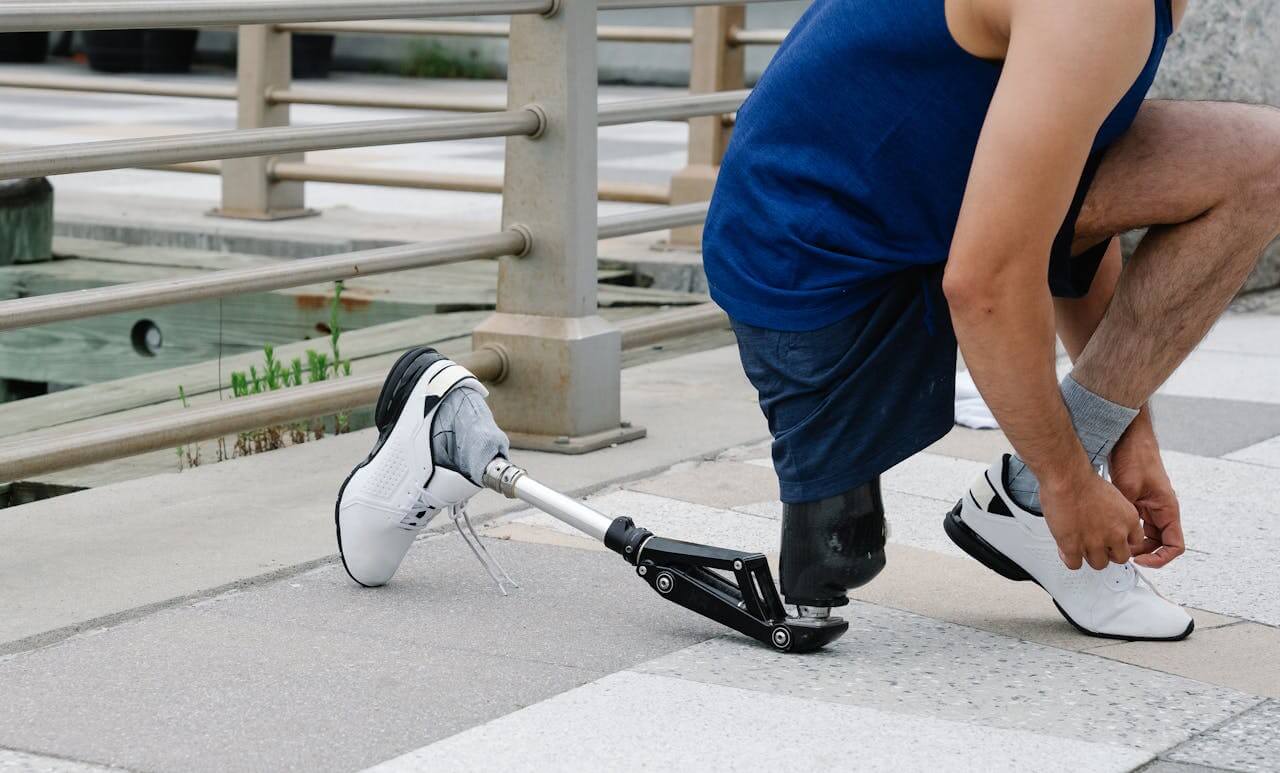The intersection of technology and healthcare has witnessed groundbreaking advancements, particularly in the field of combat-related prosthetics. Military personnel who have suffered limb loss or injuries in the line of duty face unique challenges, and innovative prosthetic solutions are emerging to address their specific needs. In this article, we will explore the military applications of prosthetics, the challenges faced by injured service members, and the cutting-edge advancements that are reshaping the landscape of combat-related prosthetics.
Military Applications of Prosthetics
- Enhancing Combat Readiness: Prosthetic advancements play a crucial role in enhancing the overall combat readiness of military personnel. A soldier’s ability to move, navigate rough terrains, and perform physical tasks is vital in the field. Prosthetic limbs designed for military applications aim to restore and even enhance the functionality of injured limbs, ensuring that service members can continue to contribute to their missions effectively.
- Rehabilitation and Transition Support: Combat-related injuries often necessitate a period of rehabilitation and transition for military personnel. Prosthetics tailored to the specific needs of wounded soldiers facilitate a smoother transition to civilian life or, in some cases, back to active duty. These advanced prosthetic solutions go beyond mere functionality, addressing the psychological and social aspects of rehabilitation.
- Customization for Tactical Advantage: Military prosthetics are often customized to provide a tactical advantage to the wearer. Some prosthetic limbs are designed to incorporate additional features such as built-in sensors, communication devices, or even integrated weaponry. These enhancements not only improve the soldier’s functionality but also contribute to their overall safety and effectiveness in the field.
Challenges Faced by Injured Service Members
- High-Impact Injuries: Combat-related injuries often involve high-impact trauma, resulting in complex and challenging amputations. Prosthetists and healthcare professionals working with military personnel must navigate the intricacies of these injuries to ensure a precise and comfortable fit for prosthetic devices.
- Unique Environmental Conditions: Military personnel operate in diverse and challenging environments, from arid deserts to dense jungles. Prosthetic devices need to withstand these varied conditions and provide reliable functionality regardless of the surroundings. Resilience to extreme temperatures, moisture, and rough terrains is crucial for prosthetics in military applications.
- High Physical Demands: Soldiers engage in physically demanding activities, requiring prosthetic limbs that can withstand rigorous use. Combat-related prosthetics must be durable, lightweight, and capable of supporting a wide range of movements, including running, jumping, and crawling. Meeting these demands ensures that military personnel can perform their duties without limitations.
- Psychological Impact: Combat-related injuries can have a profound psychological impact on military personnel. Adapting to life with a prosthetic limb involves not only physical adjustments but also psychological and emotional ones. The integration of psychological support and counseling is essential to address the mental health aspects of rehabilitation and ensure the well-being of injured service members.
Cutting-Edge Advancements in Combat-Related Prosthetics
- Advanced Materials and Durability: The development of advanced materials, such as carbon fiber and titanium, has significantly improved the durability and strength of combat-related prosthetics. These materials provide lightweight yet robust solutions that can withstand the physical demands of military operations.
- Powered Prosthetics and Bionics: Powered prosthetics and bionic technologies have revolutionized the capabilities of combat-related prosthetics. These devices use integrated motors and sensors to replicate natural movements more accurately, providing enhanced control and functionality. Bionic limbs can adapt to different activities, enabling military personnel to switch between tasks seamlessly.
- Mind-Controlled Prosthetics: Mind-controlled prosthetics represent a cutting-edge advancement that holds tremendous potential for combat-related injuries. By utilizing brain-machine interfaces, these prosthetics can be controlled directly by the user’s thoughts. This technology offers a level of control and precision that was previously unimaginable, allowing for more intuitive and natural movements.
- Integrated Sensor Technology: Prosthetic limbs equipped with advanced sensor technology offer enhanced proprioception and feedback to the user. Integrated sensors can detect changes in terrain, pressure, and temperature, providing the wearer with real-time information about their surroundings. This not only improves safety but also contributes to a more natural and immersive experience for the user.
- Customization and 3D Printing: The use of 3D printing technology has enabled greater customization of prosthetic devices for military personnel. 3D printing allows for the creation of personalized and anatomically accurate prosthetics, ensuring a precise fit and optimal comfort. This technology also facilitates rapid prototyping and adjustments, addressing the evolving needs of injured service members.
Conclusion
The realm of combat-related prosthetics continues to evolve, driven by a commitment to improving the lives of injured military personnel. As technology advances, the integration of cutting-edge materials, powered prosthetics, mind-controlled interfaces, and sensor technology is shaping a future where prosthetic solutions not only restore functionality but also enhance the capabilities of those who have sacrificed for their nations. By addressing the unique challenges faced by injured service members and embracing these innovative advancements, the field of combat-related prosthetics is contributing to a more resilient and capable military force worldwide.



